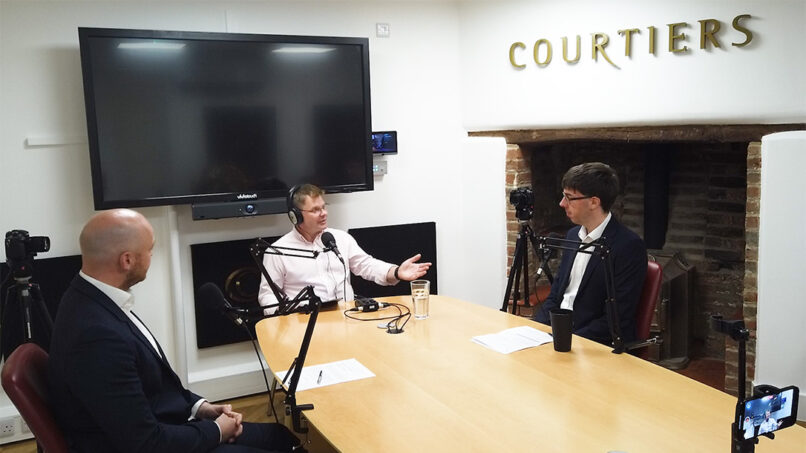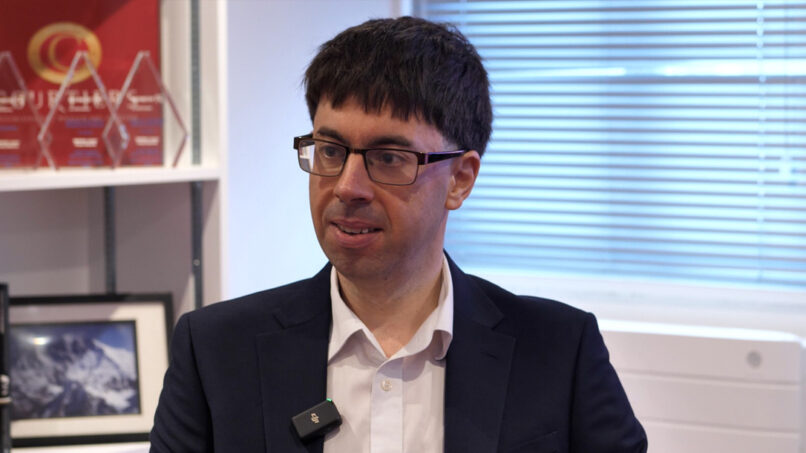An updated version of this article, published March 2021, is available here.
Investing in timber and forestry is not for the faint-hearted. It can be high risk as these ten points show:
- Timber investments are illiquid. Actual forests are hard to sell quickly if you need your money. Pooling your investment with others doesn’t solve the problem. Typical lock-ins are 10 years or more.
- Income is sporadic. Forestry provides income when the trees are harvested. When the timber price falls it is normal to delay harvesting and then your income stops.
- Growth can take years (literally!). Capital growth comes from the tree growth or planting bare land. You need to be a patient investor, and be happy to receive no income (and likely incurring costs) whilst your trees grow.
- Minimum investment amounts can be high. Direct investors typically need £3m or more. Investing with others in actual forests still requires around £100K or more.
- Diversification is difficult. To balance income and growth you need a portfolio of forests of differing maturities. This requires huge sums to achieve directly. It is simpler to pool your money with others but then you lose some control of the actual assets held.
- Forestry investments carry currency risks and costs. The world’s forest rich countries are Russia, Brazil, Canada, the US and China. The UK is only 13% forested, the most sparsely forested country in Europe. A forest investment is likely to be overseas. Investors in one UK closed ended fund are finding that the costs of selling assets in Brazil “remain particularly high” whilst “resolving a variety of minor legal and environmental disputes continue to incur significant fees”. These unknowns can eat up potential returns.
- “Timber” exchange traded funds (ETFs) provide exposure to the equity markets not the timber price. The choice of timber ETFs is limited (there are only two) and both exhibit a high correlation with global equity market returns.
- Liquidity “illusions” exist. Both UK listed closed ended forestry funds are selling assets to return money to shareholders. One of these funds has been trying to sell assets for 5 years and still hasn’t wound up. The second is about to start realising assets. Investors in both have lost a lot of money. These funds, with a daily “price” yet still investing in forests directly, provided an illusion of liquidity.
- The timber price is volatile. Data is opaque and infrequent. Forestry valuations are subjective.
- Tax breaks are conditional. There are capital gains tax and inheritance tax advantages for a UK investor but the forest must be commercially managed. Buying woodland for personal use does not confer the tax breaks.
If you enjoy a walk in the woods then buying a woodland is a reasonable thing to do. But buy it for your enjoyment, not as an investment. If you make money, well that’s a bonus.
One fund, recently open for new subscriptions, offered an expected yield of 2.6%. This looks pretty poor value when the FTSE 100, the largest 100 UK listed companies, has an estimated annual dividend yield of 4.1%. Trees may keep growing through economic downturns and stock market collapses but that growth doesn’t necessarily equate to an attractive investment return to compensate for the risks and illiquidity.
Money does not grow on trees.













